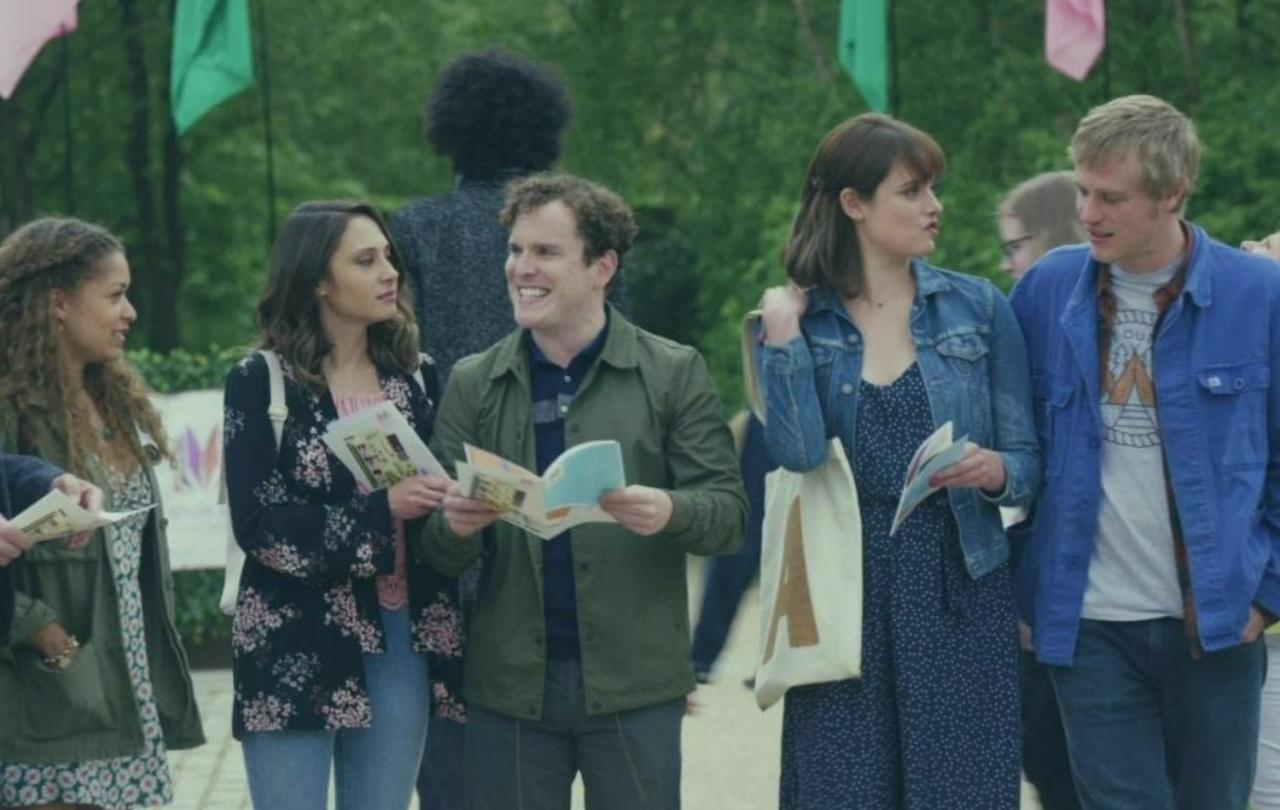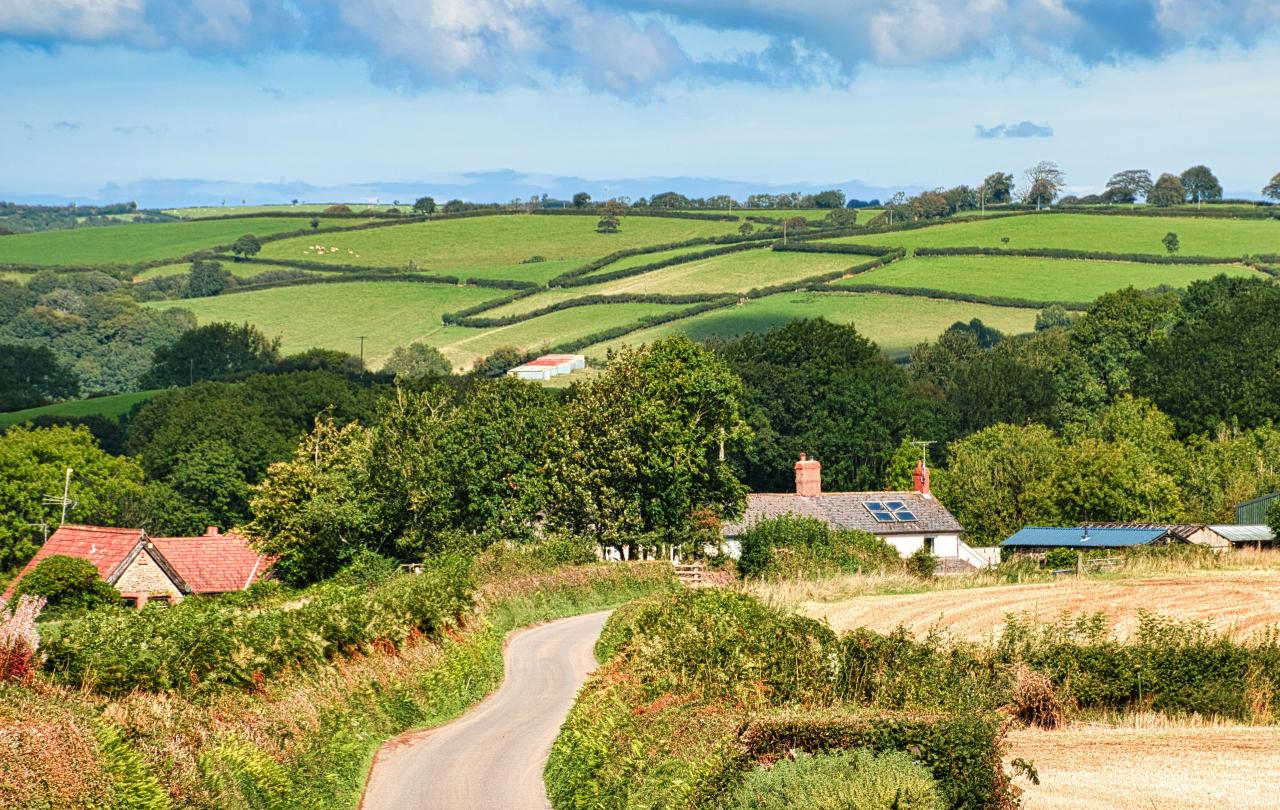
This article contains spoilers for those who have not seen Lovesick.
I was working on my English MA in 2019, just before the start of the pandemic, when a friend first told me about a Netflix show that had just aired its final season, Lovesick. The premise, I will grant, was not the most inspiring one for an unmarried, socially conservative graduate student whose only experience of dating had been an unfortunate three-day courtship with her at-the-time best male university friend.
In Lovesick, Dylan Witter is the usual twenty-something-year-old: out of university, sort of purposeless, dating a string of women he thinks he’s deeply in love with, but breaking up with each of them no later than at the four-month mark. Unsurprisingly, he is diagnosed with chlamydia; shaken by the realisation that eleven years of sex out of marriage has left him with little more than sadness and a disease, he decides to meet with all of his ex-girlfriends, both to warn them that he may have given them chlamydia, but most importantly to try and figure out why he can’t find permanence in his relationships.
From this point, Lovesick spends three seasons going back and forth between Dylan’s past and his present, building towards the final confrontation, at the end of season three, with his best friend Evie, with whom, he eventually realises, he has been in love for seven years. Along the way, we meet Dylan and Evie’s other best friend, Luke, who proposed to his girlfriend while still at university, was rejected, and now lives a sexually reckless lifestyle, as well as Angus, the kind-of-forgotten friend, who married a woman he didn’t really love, had sex with a maths student turned one-time stripper, divorced his wife Helen, and is now having a child with ex-stripper Holly.
By the time we are out of university or school, it is unsurprising that our sense of certainty and purpose should crumble, when suddenly the burden of finding meaning is solely on our shoulders.
Based on this description alone, you’d be forgiven if you thought this show quite a depressing drama, and certainly not one worth your time. In fact, it is a surprisingly profound, honest comedy about our generation’s struggle with the false promise of freedom, and our deep-seated desire for permanence, for a more sacramental view of reality. Dylan’s trials in his youth all point him towards the realisation that making commitments (whether that’s sticking to a career and becoming actually good at your job or finding permanence in a romantic relationship) is ultimately the one thing that makes life worth living. The writers of Lovesick would perhaps not put it this way, but this truly is a show about people who desperately need God, and fail without His guidance.
The same applies to all of us, to those who are not Christians, but also to those of us who profess Christianity, but live as though we are atomised and self-sufficient (which we can all be tempted to do). When we are children, we have our parents to guide us; they are not a replacement for God, but they provide some guidance. Later, at school and university, it’s our teachers. By the time we are out of university or school, it is unsurprising that our sense of certainty and purpose should crumble, when suddenly the burden of finding meaning is solely on our shoulders.
If we go to church, if we have a community in Christ to support us, the burden is somewhat lifted. But Dylan, Evie, Luke, and Angus have no such thing. They rely on each other alone, and, since they are lost, all they can do is commiserate each other about how difficult adult life is.
Even so, the suggestion is there in Lovesick that there are moral standards external to our conscience, that there is something sacred and greater than us. In the very first episode of the show, Angus begins his ill-fated marriage to Helen. They get married in what is presumably an Anglican church, and Dylan makes a curious remark that, even though he’s ‘not religious’, a wedding in a church seems more appropriate. He laughs it off by suggesting that you have to sit somewhere hard and cold to really enjoy the ceremony, but it’s clear that he’s talking about more than this.
What he’s experiencing is an intuition which I would guess is still in so many of us even in our post-Christian society, that is, the intuition that there is something sacred about promising to love and care for another person for the rest of your life, that it’s not merely a contract. It is a duty to uphold such a promise, and this is a kind of promise that ties us in love to what some people may call ‘the universe’, though what we really mean, who we really mean, is Christ.
They have chosen to make an attempt at permanence, not to dismiss adult life as a senseless heap of broken people.
Sure enough, the rest of the show is about our protagonists watching all their significant relationships fall apart, and trying to rebuild them. I will have to spoil the ending for you, but that does not really matter, as it’s fairly obvious which direction the show is building towards from the very first episode. Angus is left alone as Holly leaves him, but vows to find a new job in order to provide for his unborn child. Luke stops engaging in promiscuous behaviour (sort of, he has seven years of trauma to deal with, after all) and begins a precarious, but genuinely caring relationship. After being hurt and hurting many people, Dylan and Evie decide that, in spite of all the heartbreak, and after a broken engagement, it is still valuable to make ourselves vulnerable to suffering for the sake of loving another person.
The show ends with Dylan telling Evie that he loves her for the first time, and you can tell it’s the first time in his life that he has really meant it. They are not married yet, but we can guess that’s what will happen next. They have chosen to make an attempt at permanence, not to dismiss adult life as a senseless heap of broken people, but rather to decide to take away some of the brokenness by growing up, making a commitment, and standing firm.
To marry during a pandemic, in the wake of my parents’ divorce, and uncertain about our future, was at once the maddest, and the best decision we ever made.
Something I have not yet told you is that the first time I watched this show was when I first started dating my husband. Although I could not relate to the endless dating, I could relate to the fear, the uncertainty of whether the other person wants to care for you in the way we want to care for them.
Not long after, I told my now husband that, if he didn’t think our relationship would lead to marriage, I’d much rather we break up and move on. I did not want Dylan and Evie’s seven years of suffering. I wanted marriage, I wanted commitment, I wanted a family. We did get married, around a year later, and after a year of marriage I watched Lovesick again. Now as a married woman, and having gone through the hardships of moving country twice, having a child after a difficult delivery, and facing problems in our extended family, I appreciated more deeply what a sacred and courageous thing it is to commit to sticking by one person, no matter what.
To marry and have children, knowing how ruthless and un-beauteous the world can be, is exactly the act of bravery our society so desperately needs. I watched Lovesick for the third time just recently, leading up to our second wedding anniversary. It was my husband’s first time watching, and we could not help but reminisce about our courtship, and how, to marry during a pandemic, in the wake of my parents’ divorce, and uncertain about our future, was at once the maddest, and the best decision we ever made
So, yes, watch Lovesick, even though it’s technically just a comedy about chlamydia. It may spur you to reflect on the real meaning of love: the fearless and unconditional caring for the other, regardless of their brokenness, but rather because of it. After all, that is how God loves us.





